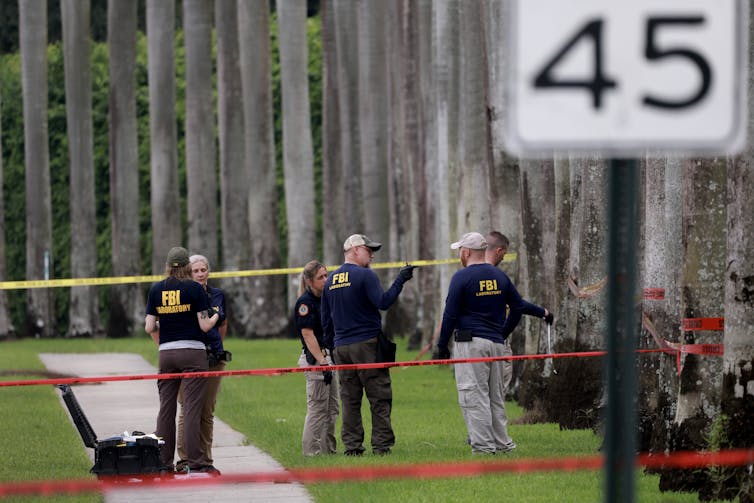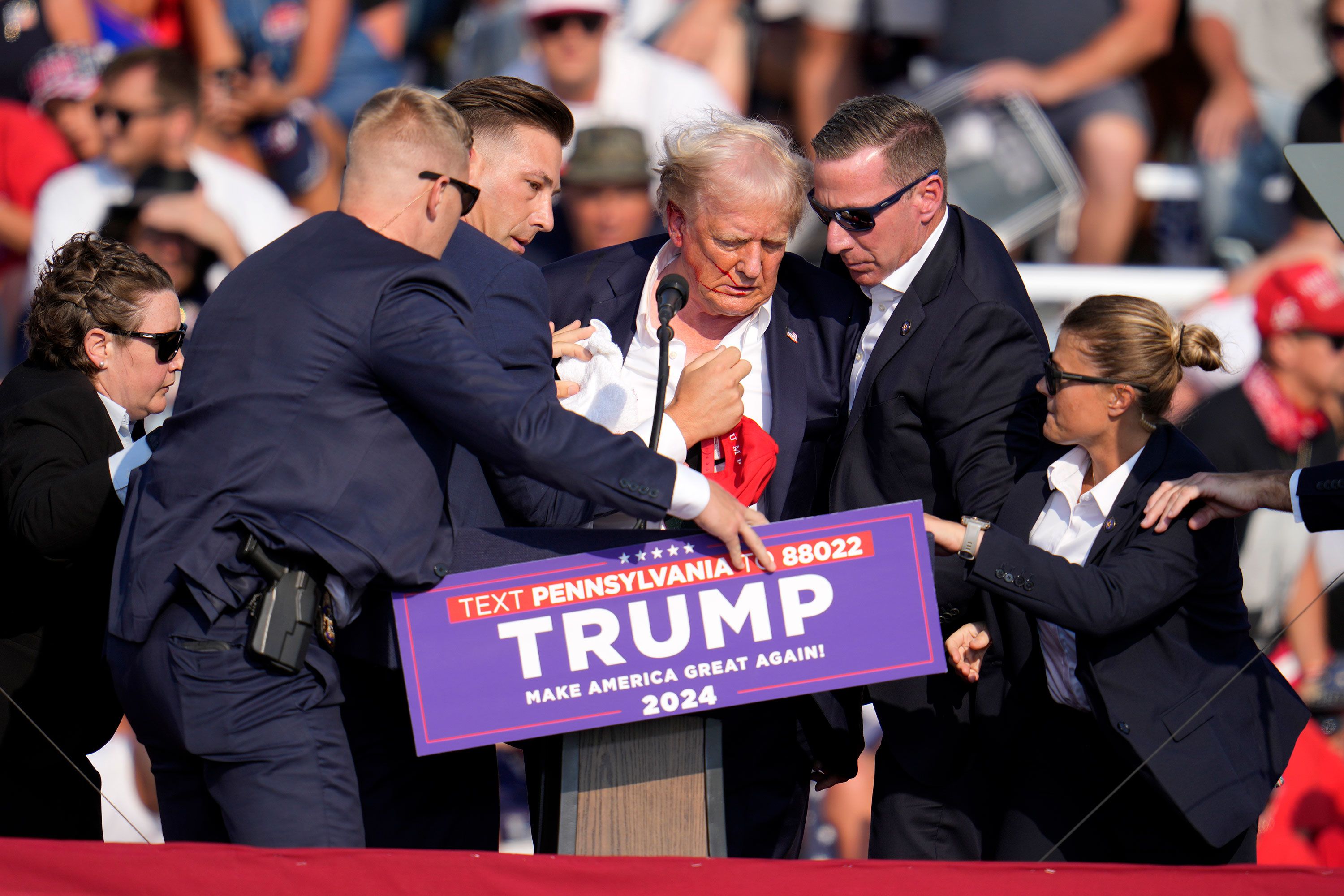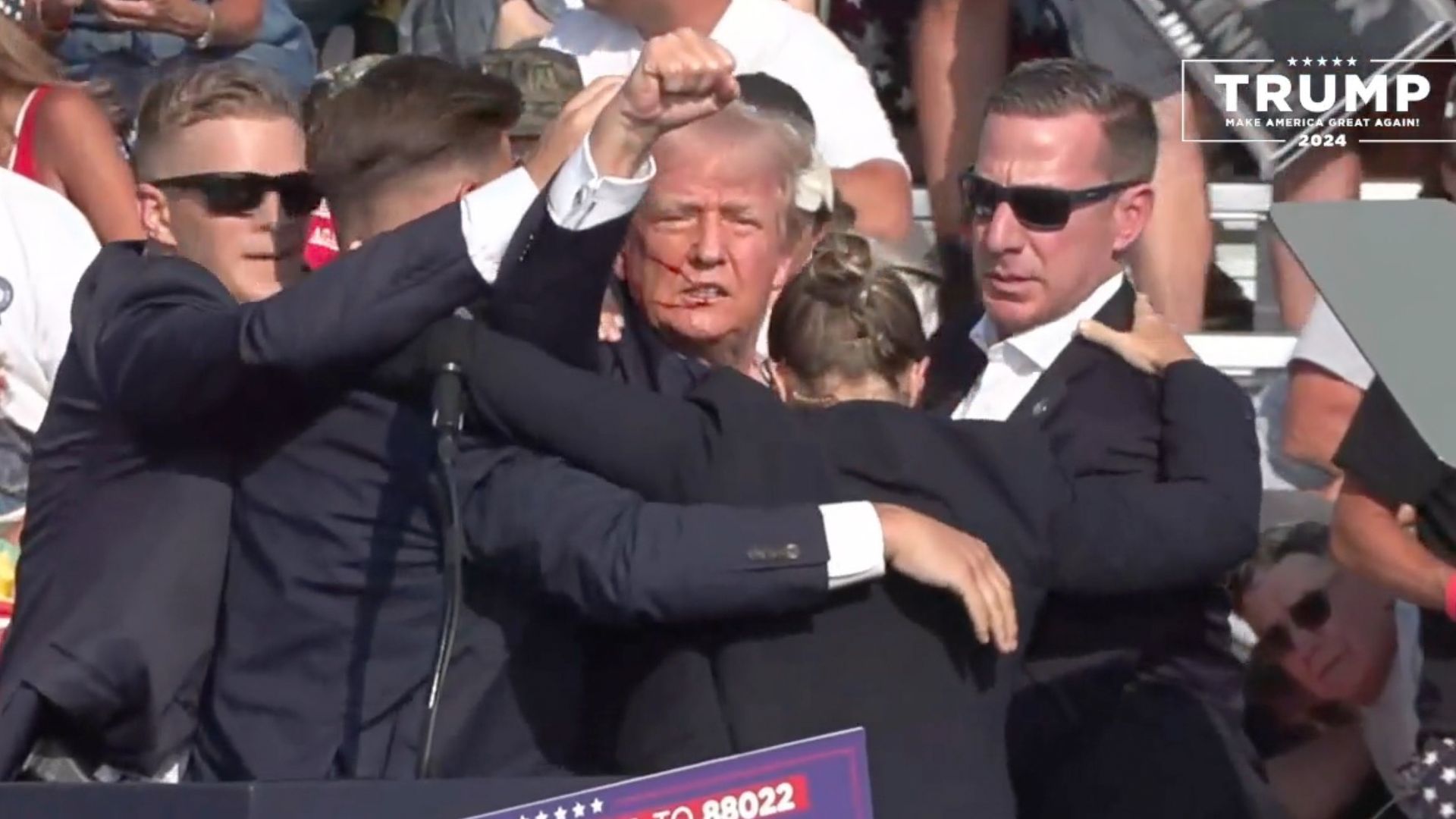A Disturbing Pattern Repeats in History
On September 15, 2024, former President Donald Trump narrowly survived a second assassination attempt—an incident that echoes a long and sobering pattern in U.S. political history. With this, Trump joins a list of American presidents and former presidents who have faced life-threatening attacks, highlighting the intense scrutiny and danger that accompany the office.
Since the nation’s founding, 45 men have served as president. Shockingly, 40% of them have experienced assassination attempts. Four—Abraham Lincoln, James A. Garfield, William McKinley, and John F. Kennedy—were tragically killed while in office.
When the Office Becomes a Target

Presidents are often viewed as the physical embodiment of the country’s values, policies, and ideals. As such, they inevitably become symbols—whether revered or reviled. For some disillusioned individuals, targeting the presidency itself becomes a form of protest or political expression.
Recent incidents, including the thwarted attempt on Trump at his golf course in Florida and the earlier shooting during a rally in Pennsylvania, reinforce this risk. Each attack serves as a chilling reminder that violence continues to shape the political landscape in the U.S.
A Consistent Tool: The Firearm
Throughout U.S. history, firearms have been the common instrument in all known assassination attempts on presidents. With the sole exception of Gerald Ford’s two assailants—who were women—every known attacker has been male.
From John Wilkes Booth to John Hinckley Jr., the motivation behind each act has varied widely. While some were politically motivated, others acted under personal delusions or misguided heroism. In Trump’s case, both assailants were reportedly former supporters turned disillusioned, adding a modern twist to this historical trend.
Chaos and Confusion: Lessons From History

The assassination of President Lincoln in 1865 was part of a broader conspiracy aimed at destabilizing the Union. That same night, Secretary of State William Seward was stabbed but survived, while another conspirator failed to follow through on plans to kill Vice President Andrew Johnson.
The goal? To throw the government into chaos and reignite support for the Confederacy. The plan ultimately failed, but the potential for disruption loomed large—then and now.
Gerald Ford’s Close Calls
President Gerald Ford faced two assassination attempts in a matter of weeks in 1975. The first came from Lynnette “Squeaky” Fromme, a former member of the Manson family, who aimed a gun at Ford to draw attention to environmental causes. Fortunately, she had not chambered a round.
Just 17 days later, Sara Jane Moore fired two shots at Ford in San Francisco. Thanks to a heroic bystander, Oliver Sipple, Moore’s second shot was redirected, sparing the president’s life and preventing what could have been a national tragedy.
Reagan: A Survivor’s Wit

Ronald Reagan was nearly killed in 1981 by John Hinckley Jr., who believed the act would impress actress Jodie Foster. Reagan was struck by a bullet that ricocheted off a limousine and pierced his lung. His resilience and humor during recovery, including his memorable quip to surgeons—”I hope you’re Republicans”—won over the nation.
Modern Threats and Responses
In the most recent case, Trump’s Secret Service detail responded swiftly to the threat at his Florida golf course, exchanging gunfire with an armed suspect. The earlier rally shooting in Pennsylvania had already resulted in injury. These events underline the evolving nature of security threats in an age of mass information and ideological polarization.
A Presidential Risk That Endures
Assassination attempts on presidents are not merely historical curiosities—they remain very real, present-day dangers. They represent a disturbing intersection of mental illness, political discontent, and weapon accessibility.
While the perpetrators’ motives may be difficult to comprehend, the broader message is clear: American democracy is both resilient and vulnerable. It thrives on discourse but can be shaken by violence.
Conclusion: Resilience Amid Risk

Presidents, as symbols of national leadership, often draw both admiration and hostility. As recent events involving Donald Trump have shown, assassination attempts are part of a troubling but persistent theme in American political life.
Yet in the aftermath of each attack, the U.S. public, law enforcement, and political institutions have repeatedly demonstrated resilience. Moments of violence are often followed by acts of heroism, unity, and solemn reflection—revealing both the fragility and strength of democratic governance.
- National Archives – Assassination Attempts on U.S. Presidents
- The Secret Service – Protective Mission
- History.com – Presidential Assassinations
- New York Times – Trump’s Survival of Second Attempt
- CNN – Trump Florida Assassination Attempt Foiled



